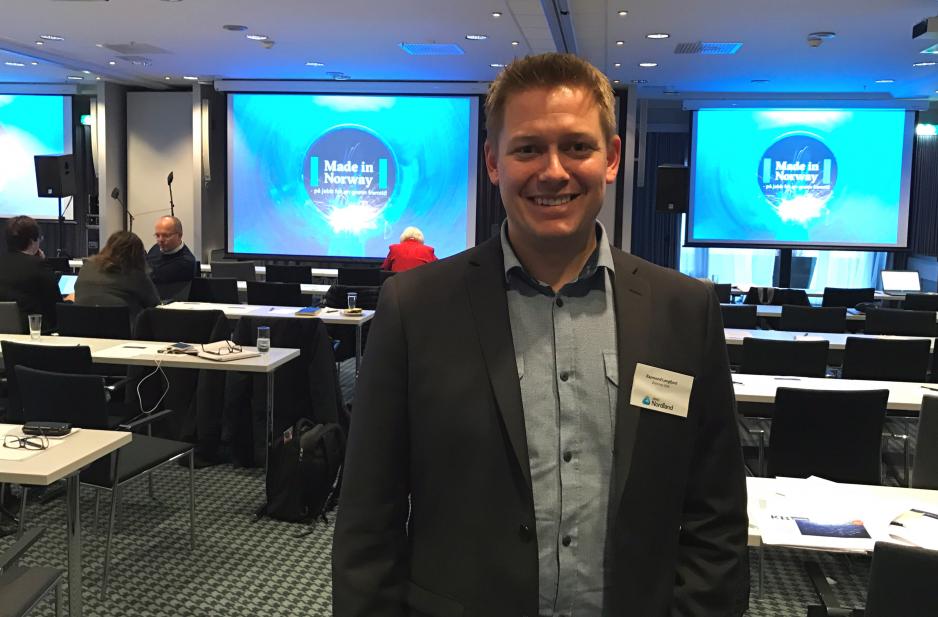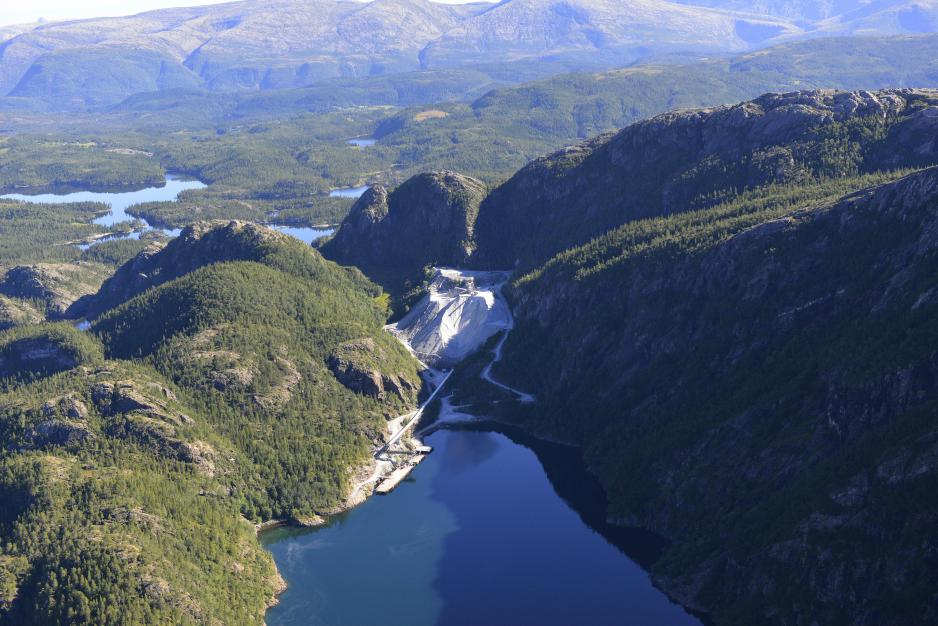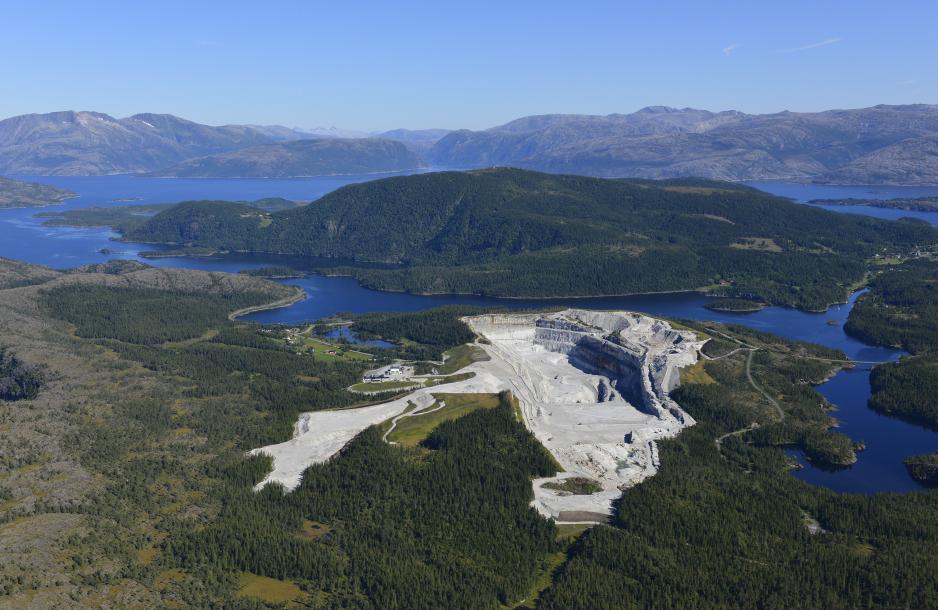Green operations prove profitable for the mining industry

Brønnøy Kalk has extracted limestone for 20 years. Now the company takes new steps towards a greener future.
- My claim is that the mining industry has the opportunity to change dramatically, Managing Director Raymond Langfjord says. For the past year, the company has cooperated with Enova to map the opportunities for saving emissions, energy and costs.
- We already consider ourselves environmentally conscious, though we see that there is more to be done, Langfjord says. In a long-term perspective, the company’s goal is to achieve a higher degree of automatization and electric operations from the extraction site in Akselberg, Brønnøy, Norway, and to unloading into the ship that journeys to their customer Hustadmarmor in Elnesvågen near Molde, Norway. That will not only save the environment from emissions. The goal is also to bolster the company for the future through reduced costs that makes it more competitive.
Quick development
For one year already, Brønnøy Kalk has worked with Enova in a pre-project to map what can be done based on today’s situation, both with regards to reducing emissions and saving energy, with transportation being the starting point. There has been a survey of what energy needs the company has, which technical solutions that are available and which operation models that may be used.
The crusher and the offloading machine currently in use are already electric, while tasks such as drilling, loading and transportation are diesel-fueled and hold a significant potential for reducing fuel and emissions.
- And we see that the development of new technologies goes very fast. Each time we buy new equipment, we reduce our consumption of fossil fuels, Langfjord says.
Has already reduced
On the way towards greener transportation from the extraction site to production, the main priority now is to make the first leg – from site to crusher and the offloading machine – as green as possible. Enormous amounts of limestone are transported across a distance of five kilometers, an operation currently taking place using diesel-fueled trucks.
Langfjord says they have already taken measures that help the environment and the economy alike:
- Since 2015, we have reduced our consumption of fuel by 16.5 percent on this transportation route. That constitutes a reduction of 380 tons of CO2 annually. That is a significant amount, and I think all of us in this industry should get our hands dirty if we are to succeed in reaching the 2050 targets. A higher degree of automatization will both reduce fuel consumption and maintenance costs.
Cheaper to operate environmentally friendly
The pre-project with Enova is now in its closing phase, and it is time to compare the results and take a look at which reductions are possible based on the current situation, both for the sake of the environment and the climate, and also for the sake of the company’s economy:
- It is clearly cheaper to operate environmentally friendly, Langfjord says. Reducing emissions is more than anything about bolstering the company’s economy for the future.


Lighting up stones
The company has 49 persons on its payroll, though with sub-suppliers there are about 70 persons who have their income from the production in Brønnøy, Norway. The company is 100 percent owned by Hustadkalk, and the raw materials they supply goes to paper production.
In order to achieve the quality desired on paper used to print magazines about interior design, fashion and other magazines, adding lime to the mix is required. 75 percent of the weight of a typical magazine comes from Nordland, Norway.
- The next time you try to light the fire in your fireplace at home with a magazine, why not think about the fact that in reality you are trying to put fire to stone, Langfjord says with a clever smile on his face.
The stone that works best with glossy magazines helps make Nordland an important mineral county, and the company has mapped sufficient resources to continue extraction at the same speed for 60 years to come. In addition, there is a search for new resources in the area that can be further extracted.
In such a long-term perspective, it is everything but impossible to imagine a fully electric future operated by pure, Norwegian waterpower.

